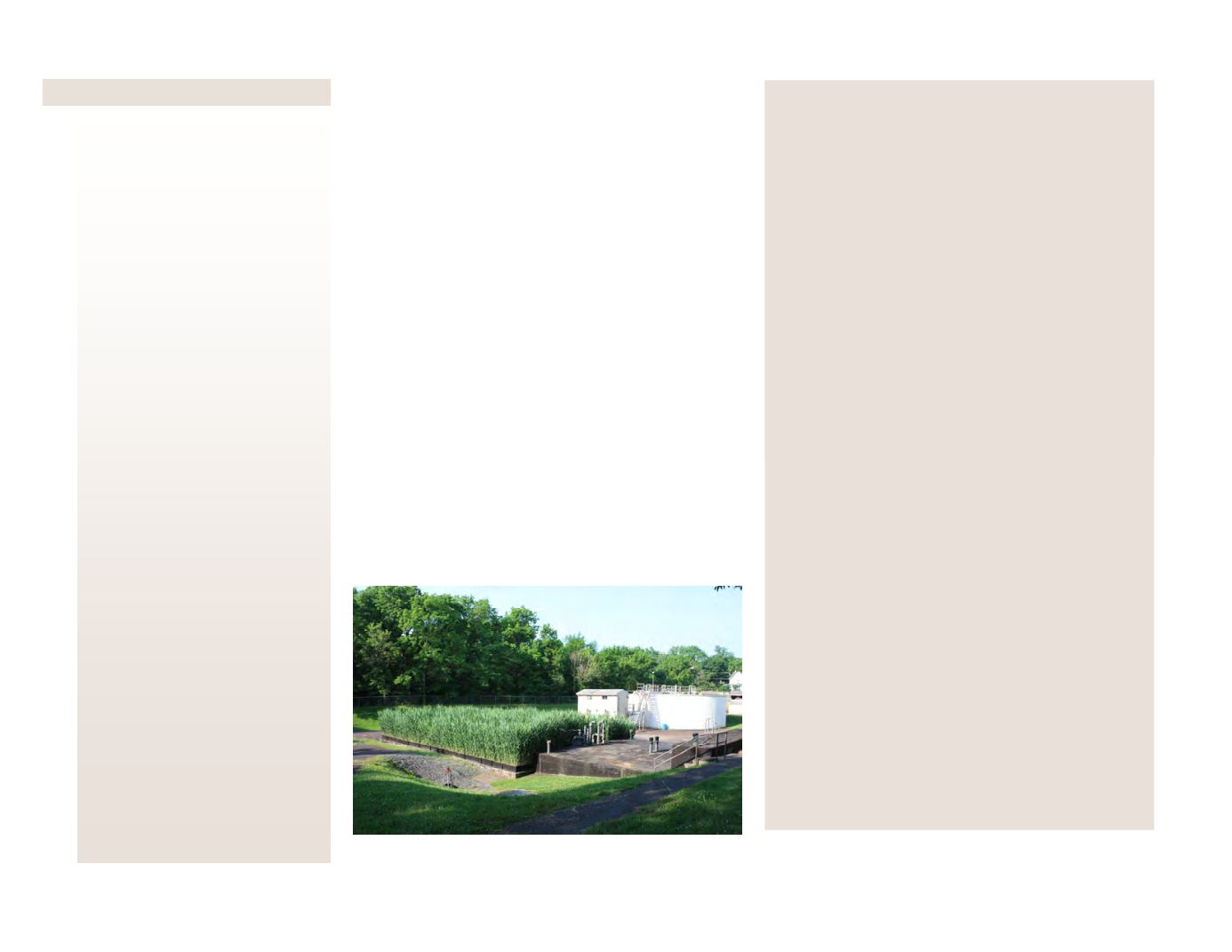
146
THE COUNTY’S INFRASTRUCTURE BACKBONE
PLANNING ISSUE
In developing places, the
extension of sewer lines into
farmland and open areas can
spur new development.
In developed areas, the
sewage system is aging and
will need new investment.
Sewage Facilities
Water Facilities
Solid Waste
Stormwater Management
Energy
Communications
Schools
Child Day Care
Emergency Services
Other Governmental Facilities
Sewage Facilities
All developments rely on some type of sewage facilities,
such as an individual on-lot septic system or a public sewage
treatment system. These facilities ensure that domestic waste
is properly collected, treated and disposed. However, if not
operated and maintained properly, negative health and water
quality impacts can result.
History and the Regulatory Environment
The planning, permitting, construction, and operation of
wastewater facilities is regulated by numerous federal,
regional, state, and local requirements. The most significant
federal legislation pertaining to water quality issues of
wastewater is the Clean Water Act (CWA).
The provisions of the CWA establish procedures for federal
assistance for public wastewater facilities, establish effluent
limitations for dischargers, require states to set water quality
standards for all streams, and establish the National
Pollution Discharge Elimination System (NPDES) program.
The Pennsylvania Sewage Facilities Act (Act 537) of 1966
(revised in 1974) requires municipalities to develop and
implement Official Sewage Facilities Plans to ensure
adequate sewage service for existing needs and new growth.
Additionally, Chapters 71, 72, and 73 of the Pennsylvania
Code describe the regulations required to administer the
What’s New
•
Infiltration and Inflow (I/I) - Many municipalities
are bearing the burden of a failing sewage
infrastructure. Much of this failure is due to
excessive infiltration and inflow into sewer pipes
from groundwater and stormwater. Groundwater
seeps into sewer pipes through holes, cracks, joint
failures, and faulty connections. Stormwater rapidly
flows into sewers via roof drain downspouts, storm
drains, and other access points. Most I/I is caused
by aging infrastructure that needs maintenance or
replacement. This is a significant financial issue
for many municipalities and involves the PA DEP.
For affected municipalities, PA DEP requires a
Corrective Action Plan, where the municipality
describes their actions to remove I/I. Based on this,
DEP and the municipality work out a Connection
Management Plan, where metering confirms the
amount of I/I reduction that has occurred from the
actions taken. Limited sewer connections are
permitted based on the capacity freed up from the
I/I remediation efforts.
•
New Methods of Disposal - The latest
developments in wastewater technology are
dynamic and constantly being proposed and/or
improved. These new systems are shaping the
County by allowing development where it may
have otherwise been impractical. Low pressure
collection systems, grinder pumps, effluent pump
sewer systems, vacuum sewer systems, and small
diameter systems are just a few forms of
collection and conveyance alternatives to
traditional public systems. An example of such a
system is a mound system placed in the open
space of a Salford Township cluster subdivision.
Like almost all septic systems, it will continue to
function properly if well maintained.
Schwenksville sewage treatment facility.


